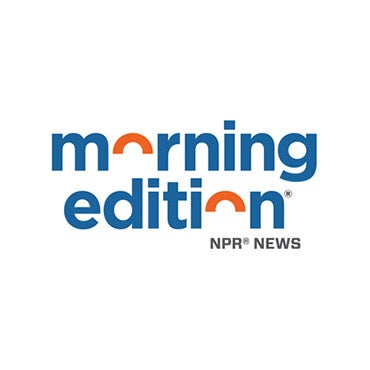Orchestras struggle to support musicians
Orchestras and ensembles all over the region are responding to financial challenges.
This weekend the new season begins for the Chamber Orchestra of Philadelphia. But it will be performing less than half its usual number of performances at the Kimmel Center, and spending a lot of time playing 25 miles north in Lansdale. It’s part of an effort to cut costs in other venues. Orchestras and ensembles all over the region are responding to what happened to their bottom line last year.
Listen:
[audio: 090917pcmusic.mp3]
Earlier this year the New Jersey Symphony and Opera New Jersey were each hitting hard times. The Symphony trimmed its schedule, but its musicians are contracted to play a guaranteed number of performances. Opera New Jersey hires freelance musicians for its performances. They formed a partnership where the Symphony plays for the Opera. It’s a win-win for the two groups.
But not for freelance musicians like Geoffrey Deemer.
Deemer: In any given year I have 10-12 sources of income from the different groups I play with. Next year I might have to see that expand a little bit because groups are cutting back.
Deemer is sitting in a Rittenhouse Square coffee shop looking at his datebook. It has a big hole in it where Opera New Jersey gigs used to be. He’s also the principal oboist with the Chamber Orchestra of Philadelphia. But that has cut its upcoming season from 20 performances to just 8. Deemer says he needs to start trolling for work.
Deemer: I set a certain standard when accepting work – what the groups reputation is and that it’s something that is going to give me satisfaction, rather than just do it for the money. That’s a situation I might have to loosen up this year.
Deemer will be highlighted when the Chamber Orchestra of Philadelphia travels to the Lansdale Center for Performing Arts to perform Mozart’s Seranade for Winds on September 25th. The Chamber Orchestra is partnering with outside organizations to perform where the orchestra does not have to absorb all the overhead costs. Director Peter Gistelinck says he works to keep his musicians working.
Gistelinck: There are two reasons to boost outside engagements – it’s more work for our musicians, and it’s good for the name of the Chamber Orchestra of Philadelphia. What is the program like, that the program is right for this organization, and there is added value for them.
Gistelinck recently turned down an offer to produce a leg of a major international tour performing the score to Star Wars. Gistelinck was worried that committing his players to Star Wars would take them away from the season of Haydn and Mendelssohn.
But many classical music organizations are finding new patrons with pop programs… like Bugs Bunny.
Delaware Symphony Orchestra director Lucinda Williams says their summer pop programs brought in a record number of new faces.
Williams: We did a Bugs Bunny on Broadway performance, which featured cartoons of Bugs Bunny with live orchestra playing along. That had a great demographic in that audience – we saw a lot of young faces.
Williams started last season with ambitions to make 3/4 million dollars in ticket sales. That didn’t happen. Turnout for most classical programs was lackluster, but overall the Symphony did end up a record 1/2 million in ticket sales. Williams says music for the Wascally Wabbit played a big part.
Williams: The new plugged-in pop series helped us to hit that record. Definitely the sold-out shows helped. But the capacity numbers of the classical series did not hit what they made the previous year.
Williams said the recession blind-sided her. She had to cut programs mid-season. Williams and other directors in the region are planning future programs with works that don’t require so many musicians.
For example, the Lenape Chamber Ensemble, a small group near Allentown is programming pieces for 5 players, instead of baroque works that usually require 9 players. Markantonio Barone plays piano with this ensemble and many others.
Barone: The groups I play with regularly are small enough not to have been as effected as their larger counterparts. In a chamber music ensemble, the director has the option of programming works of more players or fewer players. So in lean years you find a lot of duos and trios, in healthier years you find octets on the program.
Barone says his datebook this season is as full as any other. It’s the large orchestras, locked into playing larger pieces, that face the bigger challenge when economic growth has slowed to andante.
WHYY is your source for fact-based, in-depth journalism and information. As a nonprofit organization, we rely on financial support from readers like you. Please give today.

